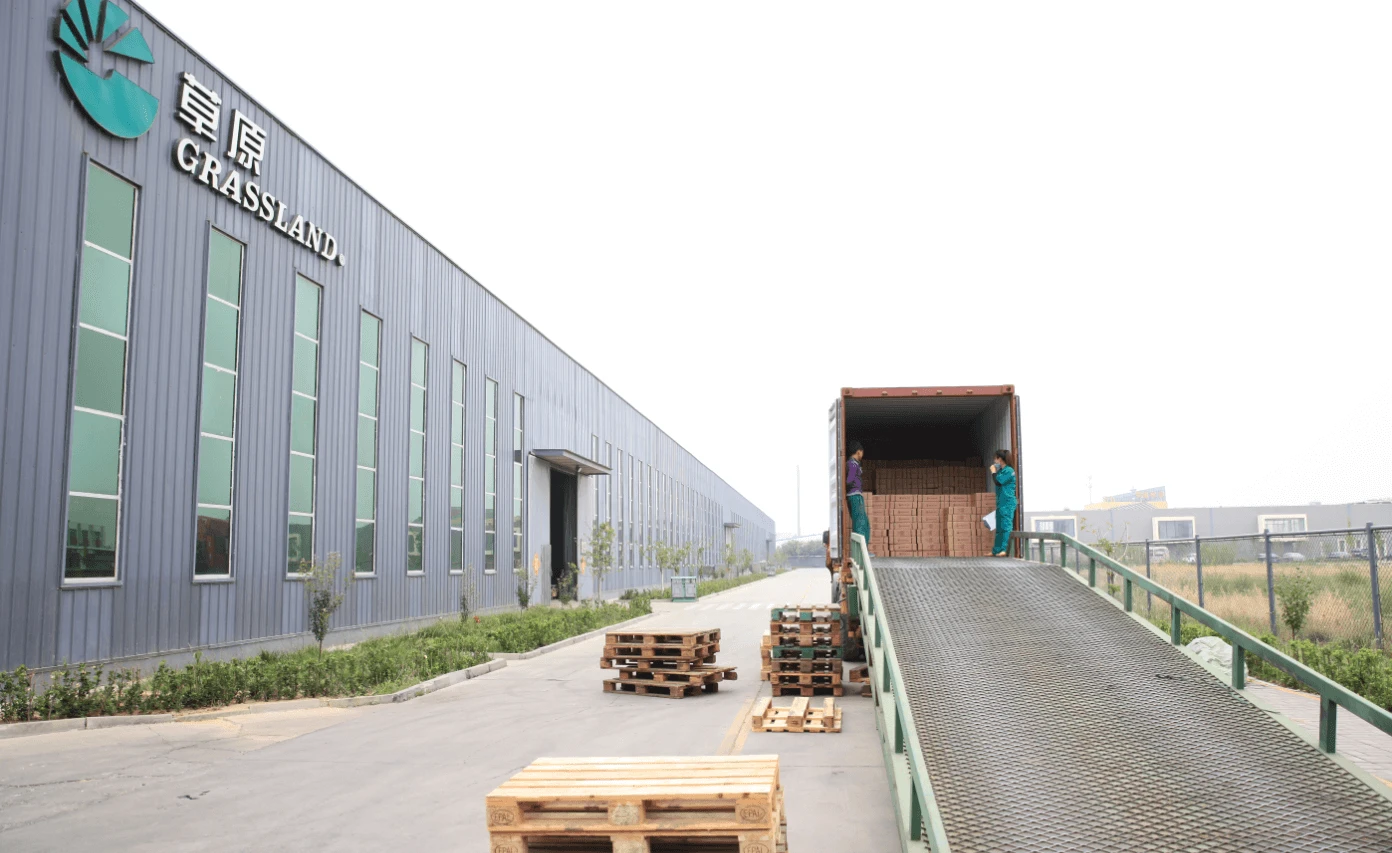Stainless Steel Polishing Wheel for Grinders A Comprehensive Guide
When it comes to achieving a flawless finish on stainless steel surfaces, polishing wheels specifically designed for grinders are indispensable tools. Whether you're a professional metalworker, a hobbyist, or someone who is simply looking to enhance the appearance of stainless steel items around the home, understanding the benefits and features of stainless steel polishing wheels can significantly elevate your results.
Understanding Stainless Steel Polishing Wheels
Stainless steel polishing wheels are typically made from various materials, including cotton, felt, or specialized synthetic fibers. Each material serves a different purpose and can be used for various applications in polishing stainless steel. The wheels are mounted on a grinder, which rotates at high speeds to effectively polish and refine the surface of stainless steel.
Types of Polishing Wheels
1. Cotton Wheels Cotton polishing wheels are highly popular due to their versatility. They can be used for both rough and fine polishing tasks. The soft texture of cotton makes them particularly effective at removing oxidation and minor scratches, ultimately leading to a bright, reflective finish.
2. Felt Wheels Felt wheels are another great option for polishing stainless steel. They are denser than cotton wheels, making them ideal for more intricate work. Felt wheels can hold polishing compounds well, allowing for a high-gloss finish on more complex or detailed surfaces.
3. Synthetic Fiber Wheels These wheels are designed for heavy-duty polishing tasks. They are durable and can withstand more rigorous use compared to natural fiber wheels. Synthetic fiber wheels are great for tough cleaning jobs, especially when dealing with larger metal surfaces.
The Importance of Using the Right Polishing Compound
stainless steel polishing wheel for grinder

Using the right polishing compound in conjunction with your polishing wheel can make all the difference in the final finish. For stainless steel, compounds are typically available in different grits, ranging from coarse to fine. Coarse compounds remove imperfections and scratches, while finer compounds are used for achieving a high-gloss finish. Choosing the appropriate compound based on the condition of the stainless steel surface is crucial to achieving desired results.
Tips for Using Polishing Wheels Effectively
1. Safety First Always wear appropriate safety gear, including goggles and gloves, when using a grinder fitted with a polishing wheel. The high speeds involved can lead to debris flying, which can cause injury.
2. Prepare the Surface Prior to polishing, ensure that the stainless steel surface is clean and free from dirt, grease, or other contaminants. A clean surface will improve polishing efficiency and lead to better results.
3. Use the Right Speed Adjust the grinder to the appropriate RPM (Revolutions Per Minute) setting. Too high a speed may cause overheating and can damage the polishing wheel or the stainless steel itself. Conversely, too low a speed may not yield effective results.
4. Maintain Even Pressure When polishing, apply consistent and even pressure across the surface. Avoid pressing too hard, as this can lead to uneven wear on the wheel and can diminish the quality of the polish.
5. Regularly Clean the Wheel Over time, polishing wheels can accumulate debris and polishing compounds. Regularly cleaning the wheel will ensure it maintains its effectiveness and longevity.
Conclusion
Stainless steel polishing wheels for grinders are essential tools for anyone looking to achieve a high-quality finish on stainless steel. With the right type of wheel, appropriate polishing compounds, and careful technique, you can transform dull, scratched surfaces into brilliant, reflective finishes. Whether for professional applications or DIY projects, investing time in understanding and utilizing polishing wheels can lead to remarkable improvements in the appearance of stainless steel items.
Post time:Dec - 17 - 2024

















